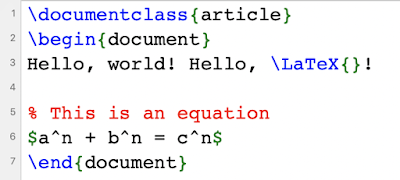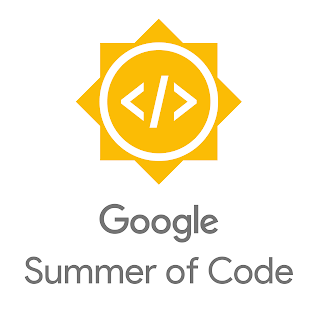We're excited to announce that Google is a founding member of the newly formed
Continuous Delivery Foundation (CDF).
Continuous delivery (CD) is a critical part of modern software development and DevOps practices, and we're excited to collaborate in a vendor-neutral foundation with other industry leaders.
We're also thrilled to announce the contribution of two projects as part of our membership:
Tekton, and in collaboration with Netflix,
Spinnaker. These donations will enter alongside
Jenkins and
Jenkins X, providing an exciting portfolio of projects for the CDF to expand upon.
Continuous Delivery Foundation
Currently, the continuous integration/continuous delivery (CI/CD) tool landscape is highly fragmented. As companies migrate to the cloud and modernize their infrastructure, tooling decisions become increasingly complicated and difficult. DevOps practitioners constantly seek guidance on software delivery best practices and how to secure their software supply chains but gathering this information can be difficult. Enter the CDF.
The CDF is about more than just code. Modern application development brings new challenges around security and compliance. This foundation will work to define the practices and guidelines that, together with tooling, will help application developers everywhere deliver better and more secure software at speed.
At a foundation level, the CDF will help make CI/CD tooling easier. And at a project level, Tekton helps address complexity problems at their core. We will team up with the open source community and industry leaders to design and build the critical pieces common to CI/CD systems.
Tekton
Tekton is a set of shared, open source components for building CI/CD systems. It provides a flexible, extensible workflow that accommodates deployment to Kubernetes, VMs, bare metal, mobile or even emerging use cases.
The project’s goal is to provide industry specifications for pipelines, workflows, source code access and other primitives. It modernizes the
continuous delivery control plane by leveraging all of the built-in scaling, reliability, and extensibility advantages of Kubernetes, and moves software deployment logic there. Tekton was initially built as a part of
Knative, but given its stand-alone power, and ability to deploy to a variety of targets, we’ve decided to separate its functionality out into a new project.
Today, Tekton includes primitives for pipeline definition, source code access, artifact management, and test execution. The project roadmap includes adding support for results and event triggering in the coming months. We also plan to work with CI/CD vendors to build out an ecosystem of components that will allow you to use Tekton with existing tools like Jenkins X, Knative and others.
Spinnaker
Spinnaker is an open source, multi-cloud continuous delivery platform originally created by Netflix and jointly led by Netflix and Google. It is typically used in organizations at scale, where DevOps teams support multiple development teams, and has been battle-tested in production by hundreds of teams and in millions of deployments.
Spinnaker is a multi-component system that conceptually aligns with Tekton, and that includes many features important to making continuous delivery reliable, including support for advanced deployment strategies, and
Kayenta, an open source canary analysis service.
Given Google’s significant contributions to both Tekton and Spinnaker, we’re very pleased to see them become part of the same foundation. Spinnaker’s large user community has a great deal of experience in the continuous delivery domain, and joining the CDF provides a great opportunity to share that expertise with the broader community.
Next Steps
To learn more about the CDF,
listen to this week's Kubernetes Podcast from Google, where the guest is Tracy Miranda, Director of Open Source Community from our partner CloudBees.
If you'd like to participate in the future of Tekton, Spinnaker, or the CDF, please join us in Barcelona, Spain, on May 20th at the
Continuous Delivery Summit ahead of KubeCon/CloudNativeCon EU. If you can’t make it, don’t worry, as there will be many opportunities to get involved and become a part of the community.
We look forward to working with the continuous delivery community on shaping the next wave of CI/CD innovations, alignments, and improvements, no matter where your applications are delivered to.
By Dan Lorenc and Kim Lewandowski, DevOps at Google Cloud

 We are now accepting applications from university students who want to participate in Google Summer of Code (GSoC) 2019. Want to hone your software development skills while doing good for the open source community?
We are now accepting applications from university students who want to participate in Google Summer of Code (GSoC) 2019. Want to hone your software development skills while doing good for the open source community?







